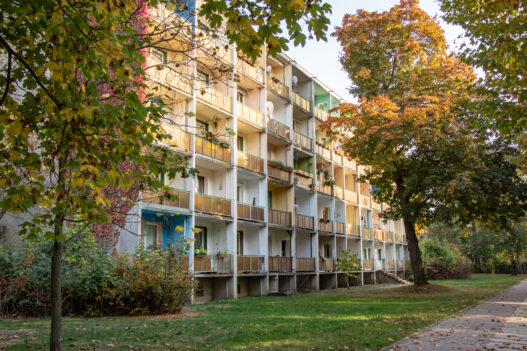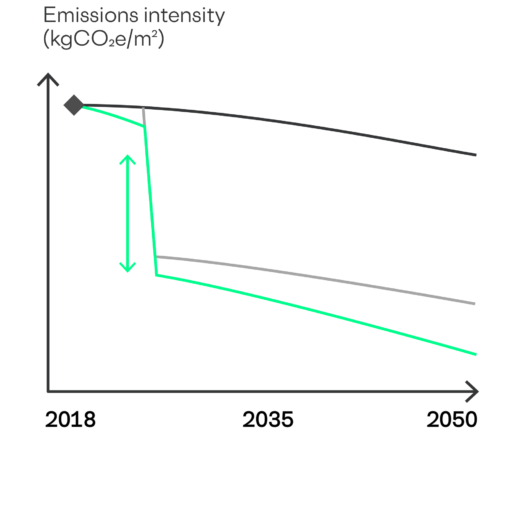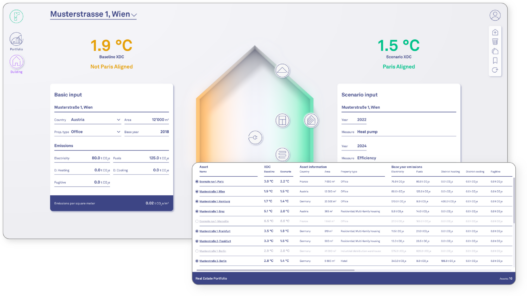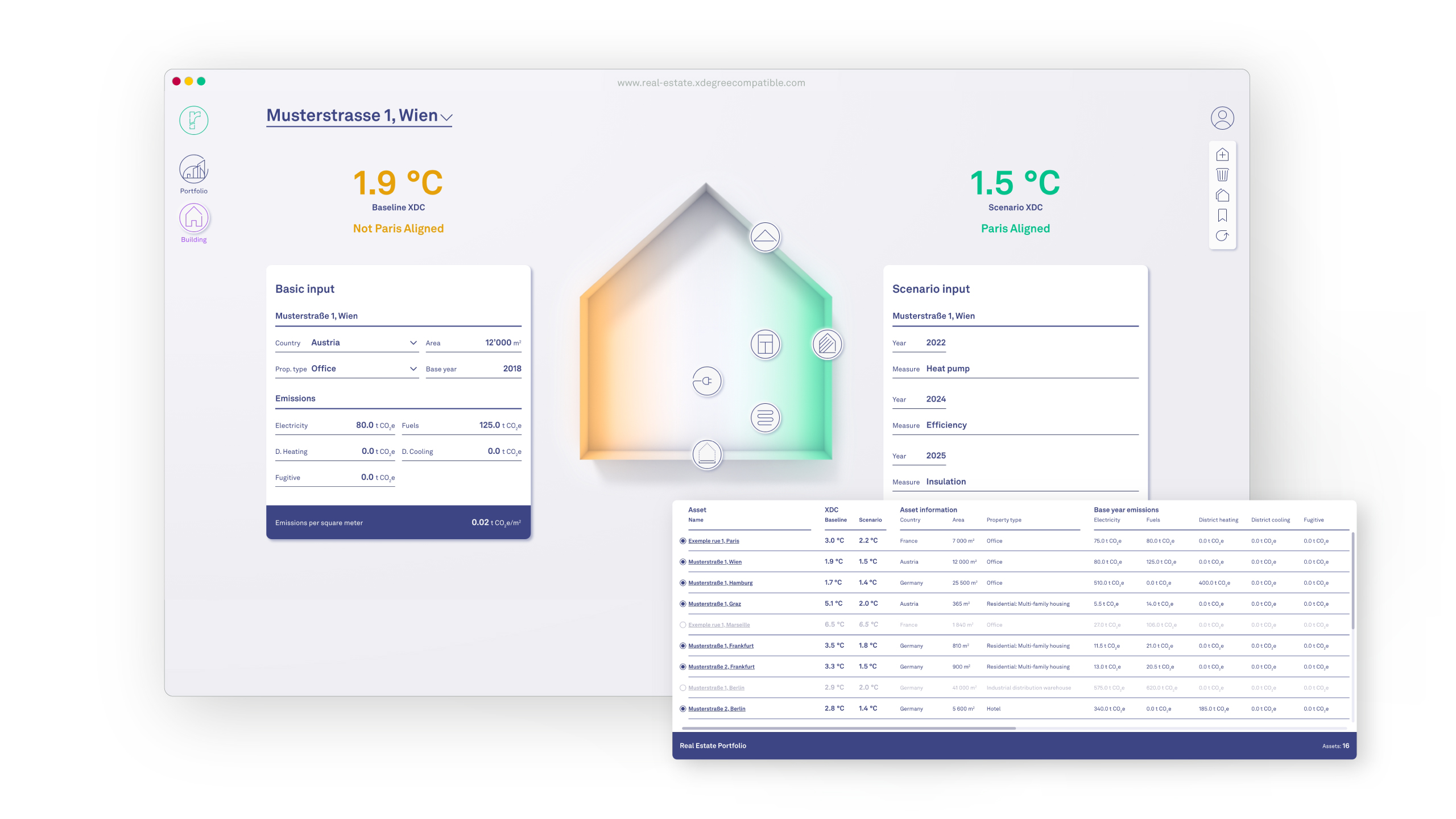The scenario analysis also illustrated the effect of the different modernization options depending on their time of implementation, thereby indicating when a heating solution would need to be implemented to achieve the 1.5°C target for the property. Since climate change is caused by the cumulative amount of emissions over time, it makes a substantial difference whether the solution is implemented in 2023 or in 2045.
The XDC Model’s results have shown that for refurbished existing apartment blocks, heat pump concepts incorporating a wide range of environmental energy sources are both 1.5°C compliant and economically feasible. However, there are differences within the industry regarding the development of emission factors and pathways. Here, a uniform standard is still needed.









